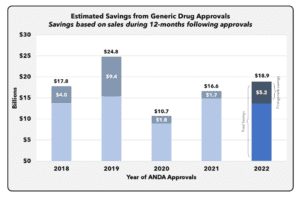Americans Underestimate Two Major Kinds of Retirement Risk

What You Need to Know
A Fidelity analyst says that many Americans have much different ideas about what they’re up against than economists do.
U.S. consumers ages 50 and older may be about three times as worried about market risk as they should be.
Single men may take longevity risk only half as seriously as they should.
U.S. consumers are terrified of ups and downs in the stock market, but blissfully unaware of the risk that they could live to age 80, or face big nursing home bills.
Wenliang Hou, a Fidelity Investments analyst, has come out with a new snapshot of retirement savers’ understanding of risk in a new research brief.
Hou, previously a research economist at the center, created the snapshot by coming up with his own picture of the major risks U.S. retirement savers face, and then comparing his results — which he classifies as objective — with the U.S. consumers’ own estimates of the risks they face.
Hou found that, from his perspective, U.S. consumers ages 50 and older were about three times as worried about market risk as his modeling suggests that they should be, 30% less worried about medical bills than they should be and 50% less worried about living a long time.
What It Means
Hou says his research confirms what you might find when you hear ordinary people talking about their finances: Typical Americans have much different ideas about what they’re up against than economists do.
“Retirees do not have an accurate understanding of their true retirement risks,” Hou contends. “The finding highlights the importance of educating the public on the most significant sources of risk.”
Hou sees the lack of awareness of long-term risk as being especially frightening.
“Better designed public programs and private products, possibly integrated with life annuities, could be encouraged to protect retirees with limited financial resources from this potentially catastrophic risk,” Hou writes.
Methods
The new brief is a short, advisor-friendly version of a 77-page research study that Hou completed in 2020.
Hou came up with what he classifies as “objective risks” modeling by using mortality data from the 2019 Social Security Trustees report and data on acute health care and long-term care spending from the 2016 wave of the University of Michigan’s Health and Retirement Study survey series.
The Health and Retirement Study survey team interviews about 20,000 U.S. household members ages 50 and older every two years.
To model financial risk, he used Wilshire 500 stock price data for the period from 1972 through 2019, and S&P/Case-Shiller Home Price Index data for the period from 1988 through 2019.






